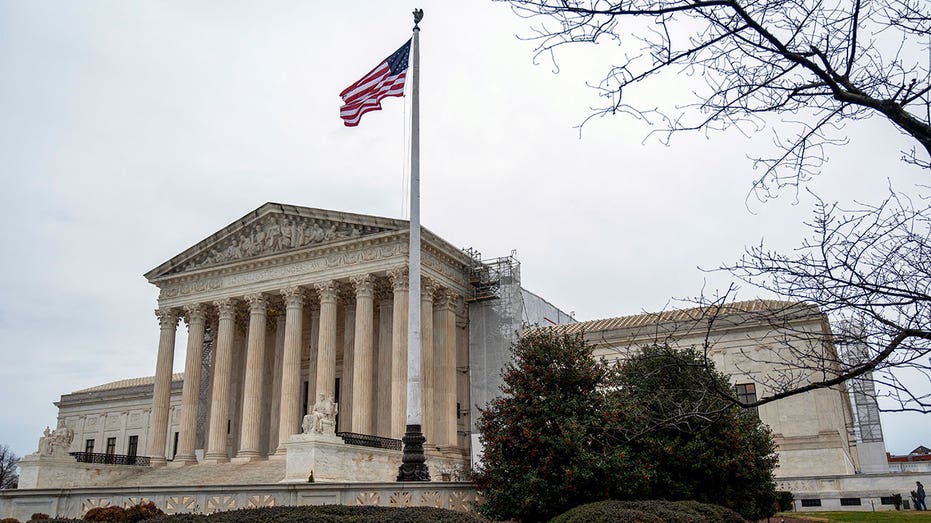Trump Admin Asks Supreme Court to Lift Injunction Blocking Dismantling of Education Department
SCOTUS filing challenges injunction, arguing it usurps executive authority by effectively appointing a Cabinet role and blocking agency staff reductions.

The Trump administration is urgently petitioning the Supreme Court to intervene after a lower court ruling halted its attempt to restructure, and potentially dismantle, the Department of Education (DOE). In a recent legal filing, administration officials argued that the injunction imposed by the lower court “effectively appoints the district court to a Cabinet role and bars the Executive Branch from terminating anyone,” claiming such judicial oversight infringes on executive authority over agency staffing and organization.
The push to shutter the DOE follows President Donald Trump’s March executive order declaring that “closing the Department of Education would provide children and their families the opportunity to escape a system that is failing them.” The executive order triggered swift legal opposition and, by May, U.S. District Judge Myong Joun issued an injunction blocking mass firings within the department and ordering the reinstatement of employees already let go under the new directive. On Wednesday, a federal appeals court declined to lift that injunction, maintaining the halt on Trump’s executive action.
The Department of Education quickly denounced Judge Joun’s decision. Madi Biedermann, Deputy Assistant Secretary of Communications and Outreach, asserted, “President Trump and the Senate-confirmed Secretary of Education clearly have the authority to make decisions about agency reorganization efforts, not an unelected Judge with a political axe to grind. This ruling is not in the best interest of American students or families. We will immediately challenge this on an emergency basis.”
President Trump has made no secret of his intent to overhaul the education department if elected to a second term. Upon nominating Education Secretary Linda McMahon, he stated her goal should be to “put herself out of a job.” Trump frequently cites stagnant student performance data as a driving force behind his proposal, specifically pointing to Nation’s Report Card results indicating that seven out of 10 fourth graders are not proficient readers—a performance rate that has failed to improve since 1992. According to Trump, these figures justify bold structural changes meant to address what he describes as persistent and unacceptable shortcomings in American education.
The administration’s position has sparked both political and legal conflict. In February, several Congressional Democrats attempted to physically enter the DOE headquarters to protest the planned restructuring, only to be turned away by staff. Critics have charged the White House with a lack of transparency and accused it of attempting to sidestep public accountability in executing its controversial education agenda.
As the legal battle escalates to the Supreme Court, the fate of the Department of Education—and the broader future of federal oversight in American schools—remains in limbo. The court’s eventual decision is poised to mark a turning point in the ongoing debate over the federal role in education policy and the limits of executive power to reorganize government agencies.




